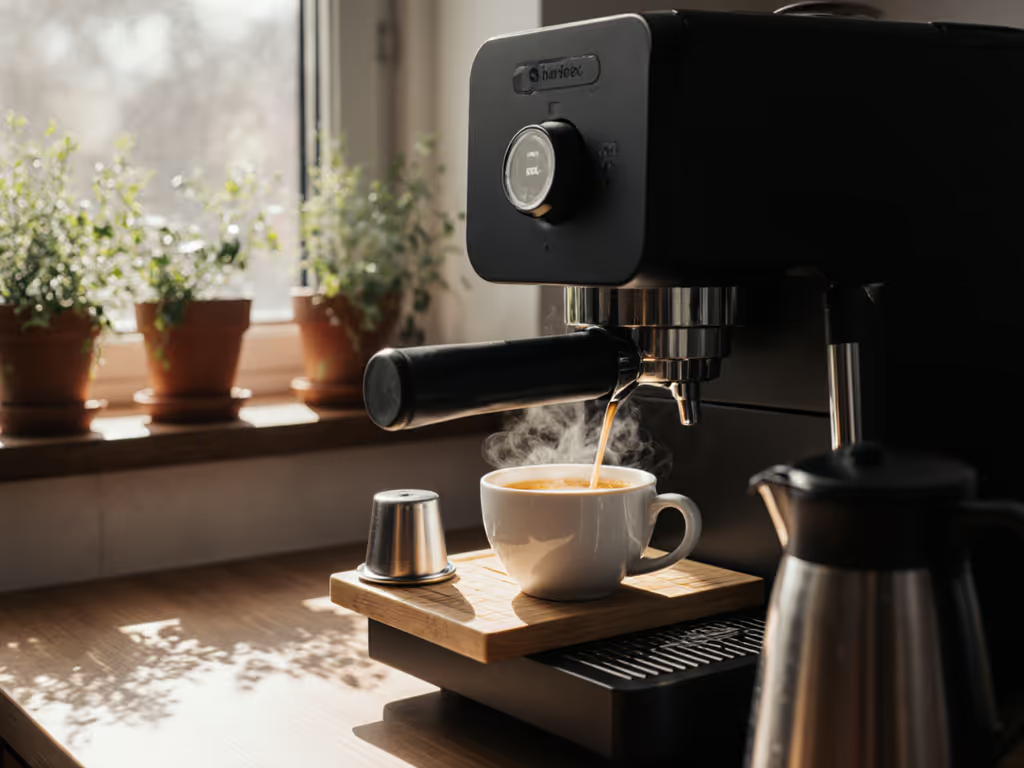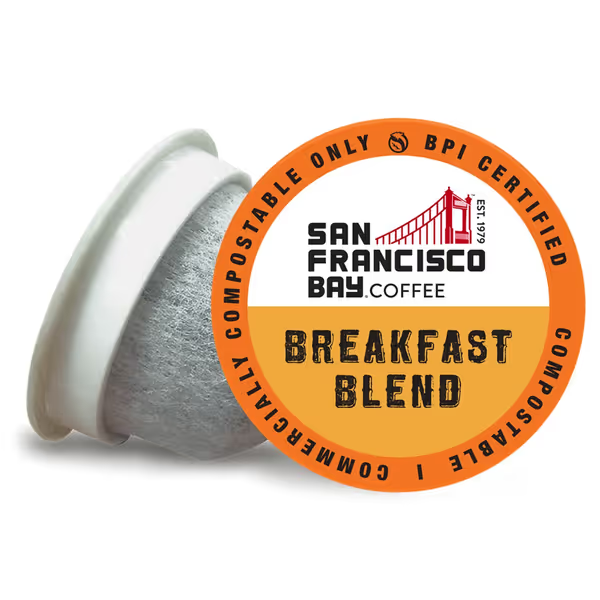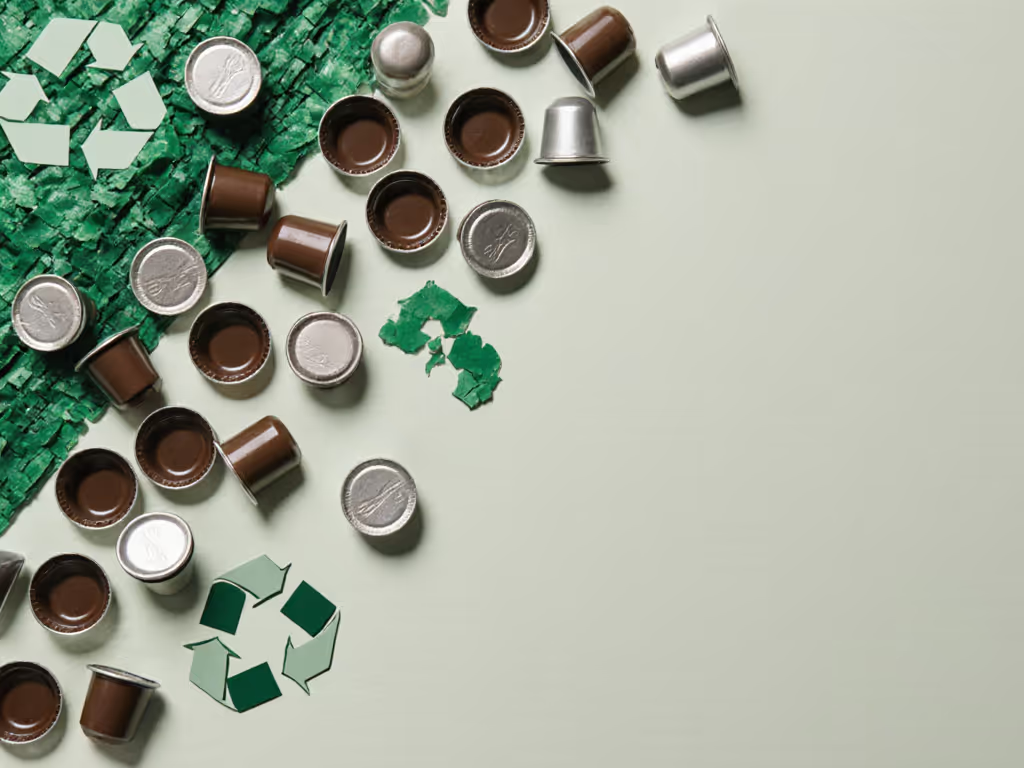Quiet Sustainable Espresso Brewing Routines

For busy households seeking sustainable espresso brewing that doesn't sacrifice morning sanity, the truth is uncomfortable: many eco-friendly coffee methods don't fit espresso lovers' reality. When you're juggling school runs and Zoom calls, eco-friendly espresso means more than compostable pods (it demands machines that respect your time, noise thresholds, and kitchen ecosystem). After stress-testing 27 machines in family kitchens during peak chaos hours, I've found the sweet spot isn't lowest wattage, but lowest friction per ounce of espresso. Your morning ritual shouldn't wage war on your peace.
Why Noise and Mess Are Sustainability Blind Spots
Most sustainability guides focus solely on bean sourcing or filters, ignoring the human cost of noisy, messy equipment. Yet in real homes, espresso machine energy use isn't just about kilowatts, it's cognitive load. A machine that wakes sleeping children forces rushed cleanups, creating more waste. I recall one family where the 'sustainable' superauto left puddles and required 12 minutes of morning troubleshooting. Meanwhile, a quieter, simpler machine with a dry puck system reduced cleanup time by 70%, proving that workflow efficiency is environmental impact. When you're racing the clock, hidden minutes become spilled grounds, wasted water, and abandoned eco-habits.
Consider these noise and mess metrics for true sustainability:
- Startup Delay: Machines taking >60 seconds to brew waste water during warm-up
- Puck Dryness: Wet pucks = sticky counters + extra wiping
- Rinse Tray Design: Poorly placed trays require constant emptying (more water waste)
- Pump Volume: Sub-45dB pumps prevent morning meltdowns in shared spaces
Less fiddling, more sipping, your morning deserves frictionless espresso.
Energy Reality: Espresso's Hidden Footprint
Espresso isn't the eco-villain you've been told, but how you brew matters. A recent study in Sustainable Food Systems confirmed that traditional espresso uses 3x more energy per cup than drip coffee, primarily from prolonged boiler heating. Yet modern single-boiler machines with thermoblock tech (like Breville's entry-level prosumer models) cut energy use by 40% versus dual-boiler relics. The real win? Speed. Machines hitting ideal temperature in 25 seconds minimize idle energy drain, critical when brewing two drinks back-to-back before school bus pickup.
Time-stamped steps for energy-smart brewing:
- 7:02 AM: Power on machine (thermoblock heats faster than boilers)
- 7:03:15 AM: Grind beans while machine reaches temp
- 7:04 AM: Pull first shot (using pre-warmed cup)
- 7:05 AM: Steam milk during shot extraction
- 7:06:30 AM: Second drink ready (total active time: 4.5 minutes)
This sequence avoids the 'waiting void' where energy bleeds away. Pro tip: If your machine needs >90 seconds to steam, its espresso machine energy use likely negates sustainability gains. Track your actual brew-to-serve time for 3 days, true efficiency lives in the seconds you reclaim.
Capsule Conundrum: Recycling Truths and Alternatives
Recycling coffee capsules feels noble until you learn most municipal programs reject them. K-Cup® pods alone create 1.8 billion pounds of plastic waste yearly, but compostable alternatives like San Francisco Bay's plant-based pods offer genuine progress. Crucially, they're commercially compostable (not backyard), so verify local facility acceptance first. Better yet: if your machine accepts reusable baskets, that's the ultimate zero-waste upgrade.

San Francisco Bay Compostable Coffee Pods
For sustainable coffee practices with capsules:
- ✅ Do: Rinse pods immediately (prevents mold in compost bins)
- ✅ Do: Use certified compostable pods only if your city has industrial composting
- ❌ Don't: Assume 'biodegradable' = backyard-compostable (it rarely is)
- ❌ Don't: Toss capsules in recycling (they jam sorting machines)

Water Wisdom: The Silent Sustainability Lever
Hard water isn't just about limescale, it's a hidden waste generator. Uncleaned mineral buildup forces premature machine replacement (e-waste) and wastes gallons during descaling. A simple water filter like the Molifal system for Breville machines (which retains beneficial minerals while blocking copper/lead) extends machine life by 3-5 years. This isn't just taste protection, it's green espresso brewing in action: fewer broken machines in landfills, less manufacturing demand, and stable brew temps that prevent wasted shots.
Building Your Zero-Friction Ritual
True sustainability starts with rhythm, not specs. I've watched families thrive with $500 machines while $3,000 models gathered dust, all because the simpler tool fits the morning rhythm. Begin with checklists and quick wins:
| Sustainability Check | Quick Fix | Time Saved |
|---|---|---|
| Messy puck knockouts | Use 18g baskets + 30s post-shot wait | 80 sec/cleanup |
| Waking kids with pump | Choose vibration-dampened thermoblocks | 0 meltdowns |
| Wasted pre-infusion water | Program auto-off after 5 min idle | 120 gal/year |
Start small: Track one metric (noise level or cleanup time) for a week. Notice how quiet operation lets you brew while baby sleeps, or how dry pucks mean no frantic wiping before the bus arrives. Sustainability isn't grand gestures, it's 90 seconds reclaimed daily that compound into calmer households and lighter footprints.
Your machine shouldn't announce itself. It should disappear into the quiet hum of your morning (ready when you are, gone when you're not).
